Pre-Hispanic Peruvian Cuisine
Hello and welcome to each one of you! I hope that you are having a good summer.
This morning I woke up to a bit of a cloudy sky, but after that the sun came out and it started to really shine. It seems like the seasons here in Europe are changing, I hope the long-awaited autumn will arrive soon when it is not too cold or too hot! I can walk around the city without having to wear too many clothes, however it still seems to me as if we have lots of sunny days left, something to celebrate! Yet I am definitely going to switch the hot sunny days at the beach for the start of walking into town more and riding my bicycle with my University friends.
In this opportunity we are going to travel through the Andean lands of Peru so that we can learn more about the enormous potential that exists around here and talk about the incredible cuisine that has been shaped by the passing of time. We are going to focus on discovering the relationship between Peruvian culture and nature that has existed for many millions of years. We are going to find out facts about the great variety of different products that the Pre-Hispanic cultures used on a day to day basis, and the relationship that they had with the earth and their social environment. Everything revolved around their food and today, the value placed upon their cuisine has developed into one of the most emblematic features of modern-day Peru.
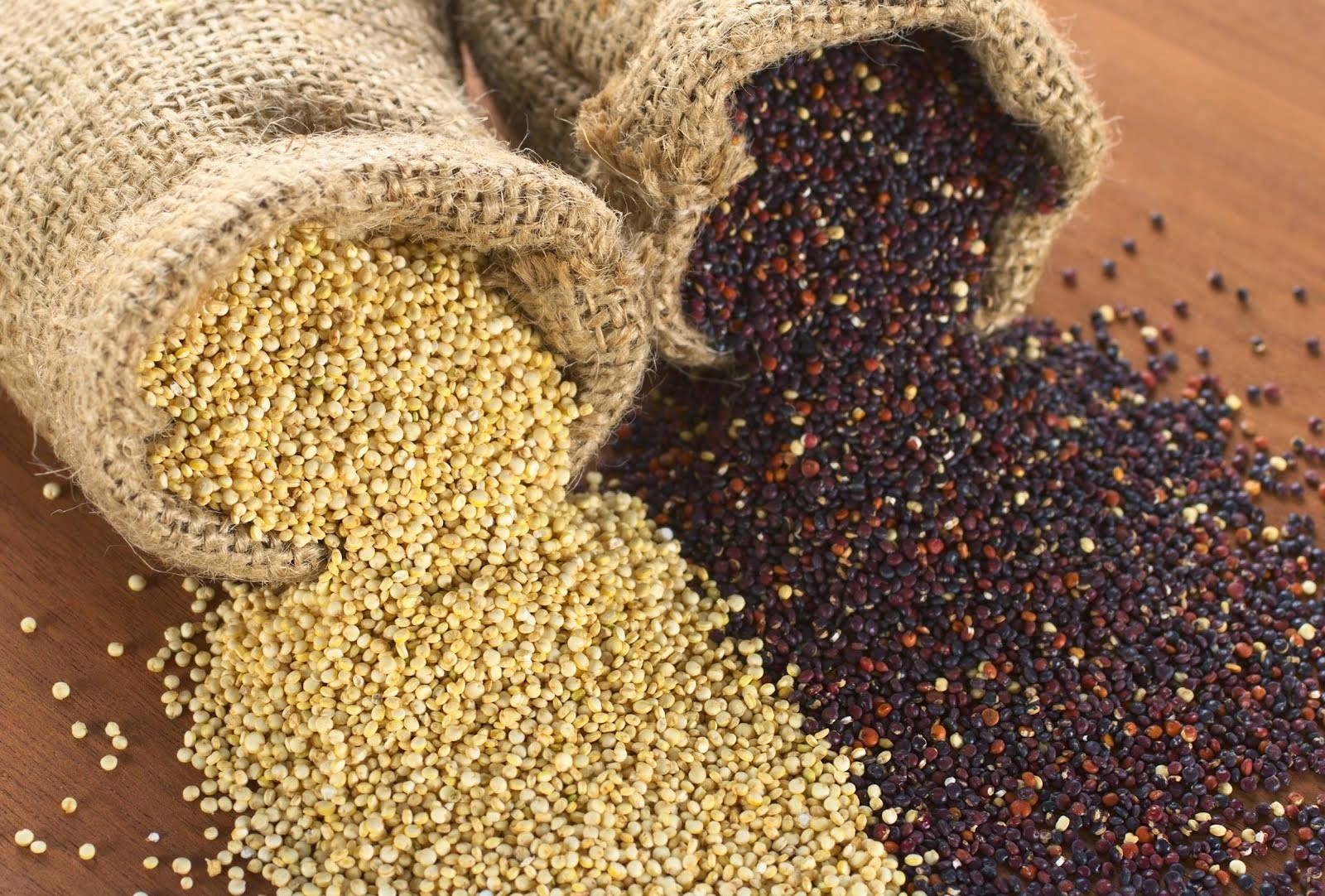
Pre-Hispanic Peruvian Cuisine
Human beings cannot survive without nutrition. This biological necessity was not created overnight, instead by a long line that led to the development of an authentic taste that has become today's Peruvian cuisine made from more than 500 domestic products within the territory. The food that was created was unique and diverse, being the first basis for current gastronomy - their influence is undeniable as almost 60% of recipes made in Peru are derived from Pre-Hispanic roots.
Nowadays it is impossible to talk about Peruvian culture without mentioning the huge contribution the rest of the world has made towards it. This has been made little by little and has given Peruvian cuisine a lot of notoriety, which is why we cannot ignore the contributions made by many different cultures and their representatives that give more and more. You can see all of this within the richness of the recipes and their complexity. To speak of Peruvian cuisine is not only to eat, sitting at a table and looking at the dishes you could try, it is to see further, towards the home-grown ingredients that were harvested from the earth by peasants and gatherers, as well as the sellers that all contribute to this productive chain. They are what has made the cuisine into one of the most promising developing branches of the Peruvian economy.
Without nourishment, cultures cannot flourish. Each one of the Chavíns, Incas, Nazcas, Moches, and Chankas (etc) have had nutrients present in their societies which has been reflected in their art and through their work that has endured the passing of the ages. To talk of this is to talk of the different samples we have from their cultures, like some ceramics and materials they used, as well as the great work that archaeologists have done through different means of research that has allowed us to discover that Peru had a rich culture full of different products: all of these were fortalised little by little through the boom the culture gained from its gastronomy.
Us Peruvian people are all quite proud of our food heritage, it is something that is not discusses as we are all in agreement that the most important thing is to maintain our rich food culture. To see the past is also to see that we have a great wealth that has empowered us little by little, Peru is a privilege and it has given every corner of the world something to talk about in the last couple of years.

Peru is a nation that has been developing for thousands of years. Many people think that only the Inca people have contributed the most to our culture in the Andes, however through this post I hope to demonstrate to you that the traditions and events in Peru have more than 5, 000 years of history and this is what has produced the rise in different kinds of products, thanks to the affluent flora and fauna.
The flora and fauna found in this territory has allowed Peruvian cultures to take advantage of each one of the natural supplies that "Pachamama", "Mother Nature", has offered them. The nature of Peru is one of the most complete and therefore complex in the whole world. There is not only coastline in the Peruvian territory, but mountains and jungles too. Peru has a great variety of natural regions that can he found everywhere, from the thick, lush vegetation in the Amazon rainforest, to the highest mountains of the Andes and the arid coastal earth. The regions of Peru are so rich nowadays that it is impossible to imagine the potential that the previous Peruvians had to maintain throughout the centuries in order to stay current and on top of the constant innovation of organic materials.

Peru in South America has been able to develop a large amount of products for the rest of the world such as quinoa and potatoes, among many other products that were domesticated long before the legacy of the New World was created by the Spanish. Today, for example, in Lima, the capital of Peru, you can find 3 out of the 10 best restaurants in the world. Furthermore, the best chef in the world this year is Peruvian. As you can see, Peru is becoming a true international culinary power that is expanding its borders to all the food-lovers in the world.
In this post I am going to tell you a bit about some of the products that were consumed by the first Peruvian peoples, the utensils they used, what type of animals they thought of as an important component in their diets, as well as the different grains they cultivated from the mountains and the large variety of fish that coastal towns consumed. We are going to get to know what each of our Andean ancestors ate and the foods of America that existed before the arrival of the Spanish. At the moment there are three influencing factors, one of them is the ecological wealth made into a diverse amount of resources, the use of Andean resources and the spiritual use of products that created an affinity between religion and Peruvian society for many years.
When you finish reading this post, hopefully you will have understood why the capital of Peru has been able to win so many international titles, including "The Gastronomy Capital of America", as well as being host to an international gastronomy festival each year known as Mistura which will be celebrated this year as the 10th anniversary of its creation.
Mistura is one of the most visited events in the city of Lima, not only for Limean people, but also for foreign visitors. Each year there are more and more visitors so that now there is almost an international audience. During the event you can see the presence of all the different parts of Peru who have come to offer the best of their regional cuisine, it is a food-obsessed party that now, thanks to hard work, has become one of the most important gastronomy festivals in all of Latin America, as well as one of the most up-and-coming in the world. The gastronomic success of Peru has been increasing for the last 20 years and this year (2017) the best chef in the world in Peruvian: Virgilio Martinez who has a restaurant in the central district of Miraflores, in Lima.
I have had the opportunity to go to Mistura and I would wholeheartedly recommend that you go too. Each year you can see all of the bloodlines from the deepest of Peru, as well as visiting conference meetings where they debate the the current affairs of gastronomy the future of Peru's international position in the gastronomic world in the years to come. All of this is done in several days when the entire event is covered in pink and yellow, the colours of Peru.
I also have to tell you about the different food courses they do during the festival. They select the best products for the presentation, which makes things more and more competitive every year: people who study gastronomy have to come to Mistura in order to keep themselves up to date. It is necessary for them to discover part of the Peruvian creativity that has been developed over the years, making Peruvian cuisine one of the most internationally recognised today.

Another of the special things at the event of Mistura is the price at which you can enjoy the different restaurants at. They arrive from all different parts of Peru and from the Peruvian capital and so it is a great opportunity to come with your friends to share tastes and try different dishes. Usually the festival lasts the whole month of September, but this year it will be in October and a bit of November instead. With a bit of luck, I think at this time I will be in Peru and I can go to this festival, nothing can stop me from going! If people ask me how I write so much about Peruvian cuisine, truthfully, it is because I do not stop teaching myself. I am so passionate about it and I am thinking about doing it for my University thesis. I can't wait to return to Peru and discover all the information I can so that I can finally graduate and enter more and more into the world of work.
The sea is another factor that has influenced the sustainable gastronomic boom, proven in the hand-crafted fish dishes. The food is a combination and a product from many places, and due to this we can see that there has been an higher consumption of fish like anchovies, the food was even a reason to generate roads that linked the coastal area with those of the mountains.
In agreement with some investigations, it has been discovered that anchovies are one of the things most frequently found on archaeological sites, reflected on ceramics which show that they were included in many day-to-day diets, interesting both on the coast and up in the mountains as well. Fish was a very well-used source of food.
The stoves they used were merely shallow holes in the ground which were filled with heat so that they could cook. All this can be found in their archaeological remains, as well as stone utensils and stone knives with which they cooked in their pre-Hispanic diets. Something that also existed and that we still use today is the "batan", like a mortar and pestle, something which my grandmother still uses at home, it has made a great contribution, if you go to some areas of Peru, you will find many families who still use the batán and have done for 5000 years.
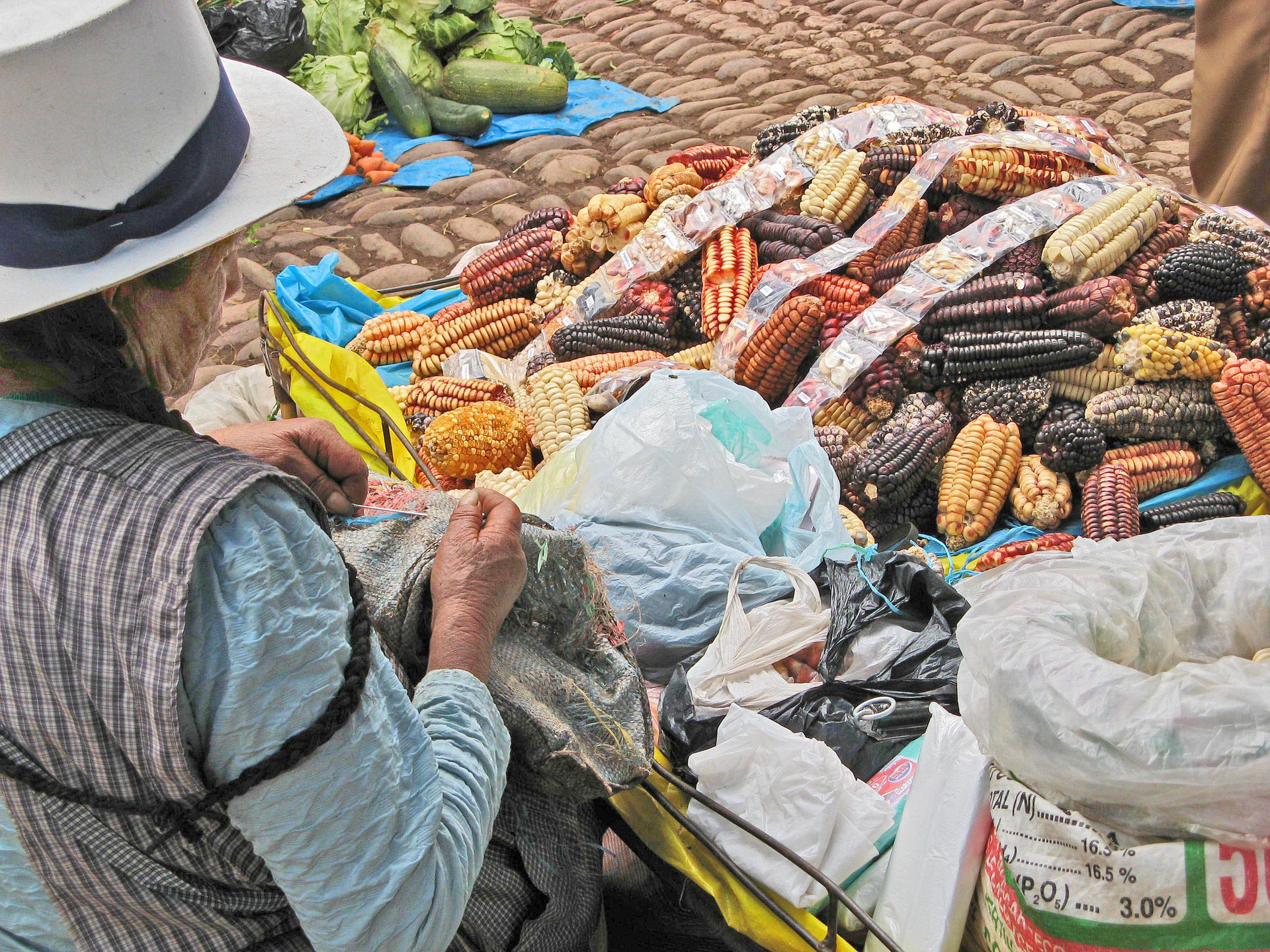
Food also had a schedule which was to eat around two to three times a day, the Andean natives consumed everything that was grown in their environment from products like avocado and cocoa, as well as potatoes and other roots. Guinea pig was also one of the most used meats in ancient Peru, in addition to duck and different type of camelids such as alpacas, llamas etc.
I go crazy when I talk about potatoes, the vegetables that I have consumed most of my life. It was not until I was older that I realized that the potato is one of the main products of Peru, where we have more of 3, 000 varieties. Thanks to the work of different cultures that have been forged over time, one of the benefits is the great variety of roots that exists in the Andean region of Peru.
Do you realise, that if you ate a different type of potato every single day, it would take eight years to eat all of the different types that grow in Peru?
This is not only a true gift of nature, but also of the effort and dedication of the Peruvian cultures that developed this technique of generating new types of root. For this reason, the International Centre of Potato Study is in Peru, and we also have a day of celebration for the potato.
Potatoes have saved many places in the world from hunger and poverty during war periods, it is thanks to the historic potato labourers that the potato was one of the main products during the Black Plague that helped Europeans to stay alive and support themselves during the terrible time. Peru is a marvelous place and all Peruvians should be proud of the transcendence it has.
Guinea pigs have 50% protein in them and only 5% fat, making the meat very nutritious for health development. Although this type of meat was consumed, but not in large portions, guinea pigs were found in Peruvian kitchens and nowadays it is seen in the dishes of regional restaurants.
To make jerky is one of the processes that dries meat and was one of the products that they ate quite a lot up in the mountains.
Referring to the drinks that the Andean world had, it is known that the ancient populations drank what was known as "chicha", a fermented drink which was very commonly found in Peru as it was used both daily and during rituals as well. Chicha was given to special recipients such as the tribal Incas that cab be found in museums that show the cultural influences of the Inca people. The chicha was made up of one single style, but there were chicha of all kinds within each Andean region. They each had a specialty for the preparation of their products. There was no-one who hadn't tasted chicha morada or quinoa.
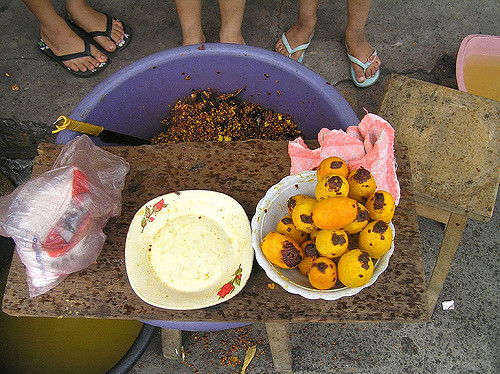
Music also played an important role at lunchtime, especially after finishing eating. The last Andean culture was the Inca culture, and it was thanks to this that we can know through the historians that the women filled an important role in the development of gastronomy, since they were the ones that played a key role in the development of the cuisine we have today.
Lets talk about about fruit! To start, what about those from the coast such as the Guayabas. We can find all this thanks to the work that archeologists have been able to do. Today, they share their knowledge with the people who go to visit each one of the archaeological centres that are throughout the Andes with their harmonious relationship of the pre-hispanic Andean culinary.
Today we can also find fruits of the past such as gooseberry, papaya, lucuma, and soursop.
When I was a child and I went to visit my grandma, the fruits I remember the most were the papaya and the gooseberry. Papaya is from a tree that grows almost always vertically, while the gooseberry bush is a medium shrub and grows more in a horizontal direction, it used to be very fun to be able to climb on it to be able to take out the fruits and then sit in the open air to eat the rich gooseberries. They're like fruit with green skin, very similar to apple, but it is juicier with similar black seeds, you can also make different fruit juices with it. If you go to the markets in parts of Peru, you can find juices that offer a great combination of different fruit-based products, one of which is gooseberry with milk. One of the most in-demand items is a fruit salad.
The gooseberry is one of the fruits that my mum and my sister bought a couple of times, especially when organic fairs were on, they are quite common and it is even said that they are much more "energetic" than other citrus fruits like orange and lemon. All these products come from the jungle area, gooseberry is beginning to be more popular and can be found in different top restaurants in Peru and the city of Lima, here I'll show an image so you can have a reference of how the fruit looks so you can recognize it when you go to any market.
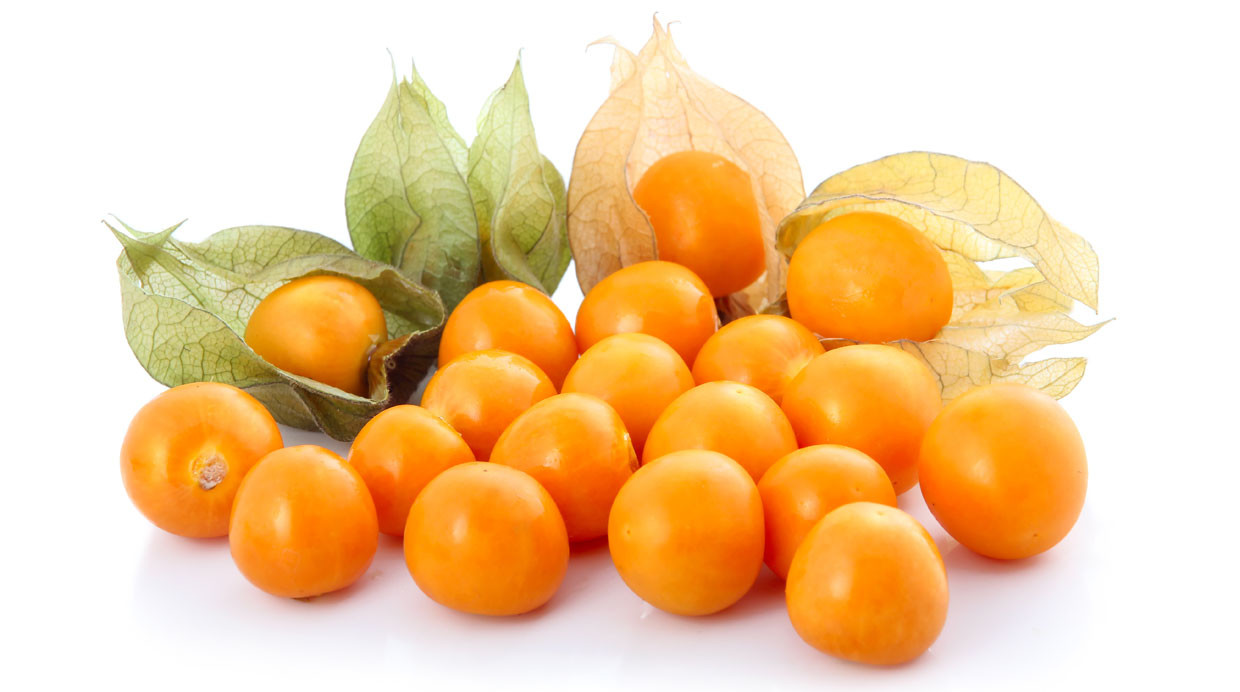
Right, as we are talking about markets and famous festivals there is one thats on weekends in the city of Lima, there are several that I could recommend, but the one that is between the area of the bridge "Ricardo Palma", is the one, the "Surquillo" market. To get there you must take the metro line, as well as another means of transport, whichever is better for you, like public or private. At this market there are different products, some that are quite well-known and others that are not. If you are a fruit-lover, or a food-lover, you will meet people who sell organic products at quite cheap prices.
The markets are a great example of the bio-diversity that Peru has. They are the main ambassadors and are in a place where sellers interact with buyers. I am not only referring to those known more as a supermarket, but more those real autoctonous market-sellers who have not lost their true origins. When I was a girl I used to go with my mum more than once to do the daily shop, even today my mum goes to the market every day to buy what is fresh.
A while ago I remember watching an Argentinian documentary about Peruvian gastronomy and the benefits it has on society. One of the investigators said that, on the basis of their data, Argentina had been losing that, whilst Peru was the contrary. Despite the growing modernity in the Andean country, you can still find a true relationship between the buyer and seller with an interaction of recommendation of what to and what not to buy so that people brought home fresh products and therefore could enjoy the tastiest of meals that have now become famous everywhere.
There is, in fact, a kind of rivalry between the modern and the old where the big supermarkets have started to have a better relationship with clients so that they can buy products to eat. However, many markets have refused to disappear, and some who have given in to modernity, and some who have, on the contrary, reinvented themselves in order to continue offering their products and remain relevant over time.
For example, maybe I'm getting a bit away from the topic, but anyway, I want to share in this post an example of the relationship that exists between consumers and sellers within Italy, where I have been able to live. Here, on certain days of the week, products are offered on the market, so that people can contribute within each other and thus generate their own income.
The roots are important products as inputs of the cuisine of Peru, as these were products that were underground which were were 100% available for the Andean people, creating products that generated a nutritious culinary development. That is why today, in the Andes, you can find more than 3000 varieties of potatoes in the high areas of Peru.
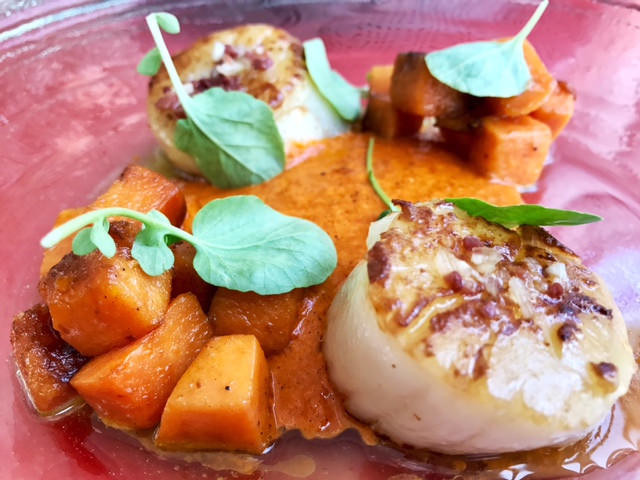
Something sweet and rich in vitamins is the sweet potato that was used in many parts of South and Central America, we can also get ancestral products such as olluco, beans and corn. The potato was an element that produced great benefits for health and is one of the essential ingredients in today's products that can be found.
An emblematic and emblematic dish of Peru is the cause of a dish found in many restaurants from all the places one can go visiting in Peru. Another product that we can find are the yuccas that are reflected in cultures such as Chavin, Tihuanaco, Mochica among others.
Foods were not only products for food but also for a contact to be related closely with nature, within this nature we can find important products such as quinoa that is now an export product that It is used in different parts of the world. Corn is a fundamental element of the development of gastronomy.
The grains found in the high mountains have an incomparable nutritional value, such as "cañihua" and also the flowers that were used for consumption. Another product that could be found was the bean, the "pacay" that was consumed in many parts of America.
In the high cultures we can see the consumption of chili, which was one of the products that are used in many parts during the preparation of Peruvian dishes, if you go to different top restaurants in the capital city of Peru you can find a kitchen that has been reinvented, where you can find products that come from the past, since the year 1993, this type of cuisine is known as "novoandina", also called "fusion cuisine".
Today, this kitchen tries to be competitive at an international level, which has made Peru known once again in the world for its gastronomic wealth and for winning many awards. Its centre of attention is to specialise in Andean supplies and create dishes that can be adapted in different parts of the world, thus having an international and versatile character capable of surprising each nation, no matter how different one is from the other.
We have seen in this post that the boom in gastronomy was not something that started a few decades ago, but instead started with the the ancient cultures that settled in the Andes and developed bases and columns of a gastronomy that is increasingly becoming a power that offers unique and unparalleled gastronomy.
Thank you very much for reading this post!
I hope you continue to discover the dishes found in Peru!
Until next time!
Photo gallery
Content available in other languages
- Español: Gastronomía prehíspanica en Perú
- Italiano: La gastronomia pre-ispanica del Perù
Want to have your own Erasmus blog?
If you are experiencing living abroad, you're an avid traveller or want to promote the city where you live... create your own blog and share your adventures!
I want to create my Erasmus blog! →











Comments (0 comments)